How to Stop a Windows Computer from Freezing
Hy guys,
As a computer technician, I will be sharing with you possible ways to prevent your computer system from freezing or crashing.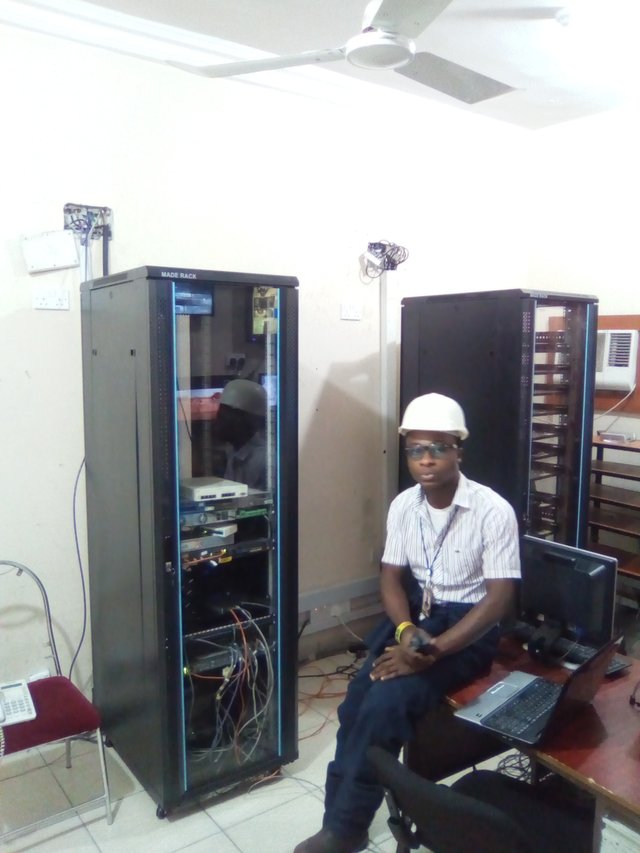
If Windows is crashing on you consistently, this could either be an issue with a specific piece of software or a more generalized computer performance problem. Performing regular maintenance checks can help prevent freezing, and immediate freeze issues can often be solved by freeing up processor speed and performing large scale diagnostics. This guide discusses ways to increase your computer's run speed in both the short and long term in order to run your Windows software more smoothly.
- Defragment your hard disk. By running the defragmenter, you reorganize the file data and make it easier for your computer to find what it's looking for and less likely to freeze. To access this utility, go to Programs>Accessories>System Tools>Disk Defragmenter.
Everyday processes scatter your computer's file data physically on the hard disk which then causes the computer to take longer in retrieving them. Defragmenting corrects this issue and may take anywhere from 10 minutes to several hours depending on the size of the disk.
- Close all unnecessary applications. Multiple programs running off screen can take up a significant portion of your computer's operating memory and thus slow it down. To see which programs are running at any given moment, check the icons along your application panel or open the "Task Manager" application.[2]
- Limit the programs that open automatically at startup. Access the "startup configuration" tool by searching for "msconfig.exe" and then running the program. Click the "Startup" tab to toggle which programs automatically run upon startup.
Alternately, Microsoft offers a software download called "Autoruns" that provides similar access and a few more options for software that automatically opens when Windows begins.[3]
- Turn off visual effects. Windows has around 20 visual effects (e.g. shadow effects or the way menus open and close) that may also be slowing you down. You can toggle each of these on and off or allow Windows to choose the optimal settings for performance (recommended).
Access the visual effects settings through Control Panel>Performance Information and Tools>Adjust Visual Effects.
- Uninstall any applications you no longer need. To uninstall a program, enter the control panel and click "Add/Remove Programs," select the program you want to uninstall, and click "Change/Remove".
For more detailed information read how to Remove-Unwanted-Programs-from-Your-Computer.
- Delete any files you no longer need. The built-in utility "Disk Cleanup" searches for unnecessary files in order to keep your hard disk uncluttered and improve performance.[4]
Access Disk Cleanup through Settings>Control Panel>Administrative Tools.
Remember to empty your recycle bin regularly! Files continue to be stored there unless emptied and can sometimes create slow down.
Advertisement
Method Three of Three:
Practicing Regular Maintenance
- Restart your computer on a regular basis. A restart clears your PC's memory and closes all software that may be running behind the scenes. Restarting should be a part of your normal (weekly) routine.
- Run a virus scan. Regularly running a virus scan identifies then fixes many issues with slow performance. Use Windows' built-in scanner (Defender) or choose from a host of other software options available.
- Clean up your Windows registry. This is a step for advanced Windows users and involves changing important system settings, so proceed with caution. Access the registry editor ("regedit") and be sure to save a backup copy before beginning. From the registry editor you can delete old applications, remove unwanted startup items, and adjust user profile settings at the administrator level. Check out Clean-the-Windows-Registry-by-Hand for a step by step rundown.
Although many 3rd party software registry cleaners exist, taking the time to clean your registry by hand is generally a better idea that will yield better performance results.
- Physically open up your computer and clean it. Dust can make even the best computers run slowly. This method involves unscrewing the screws on the side of the computer case and using compressed air to clean the dust inside. Proceed with caution as the inside of your computer can be quite delicate.
Thank you
Please upvote this post
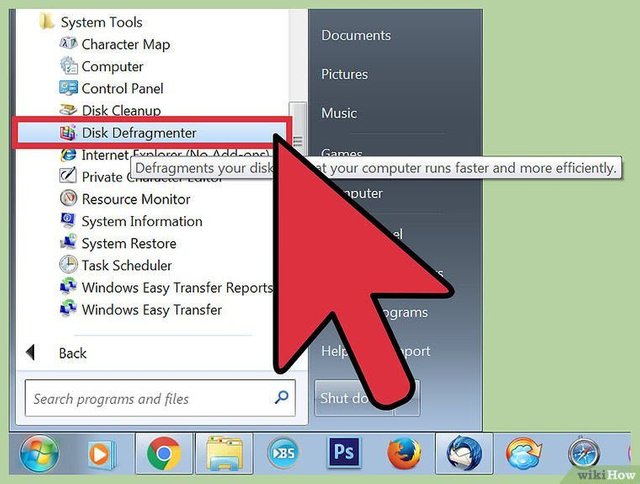
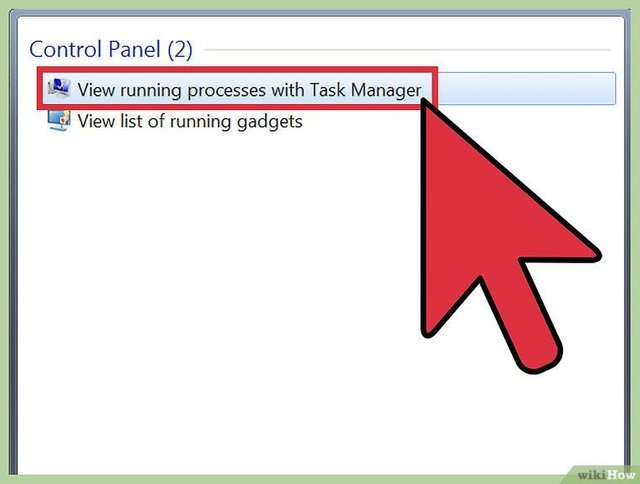
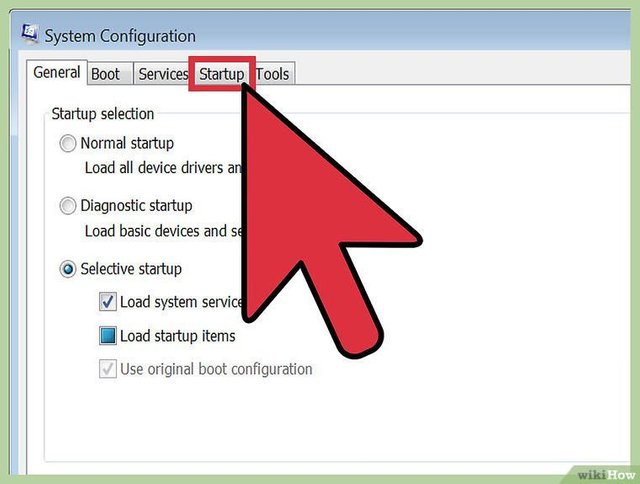
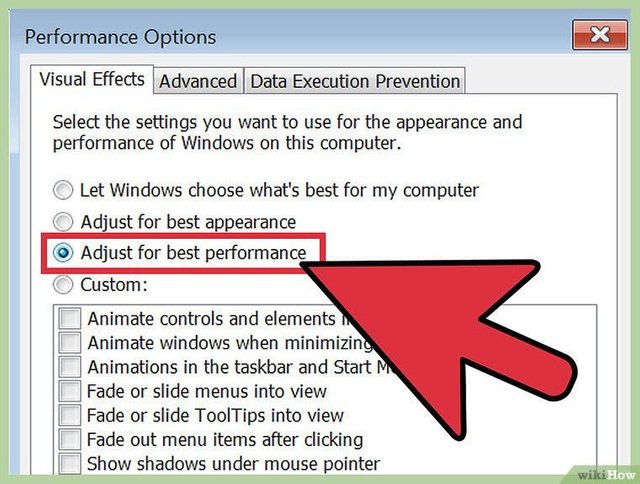
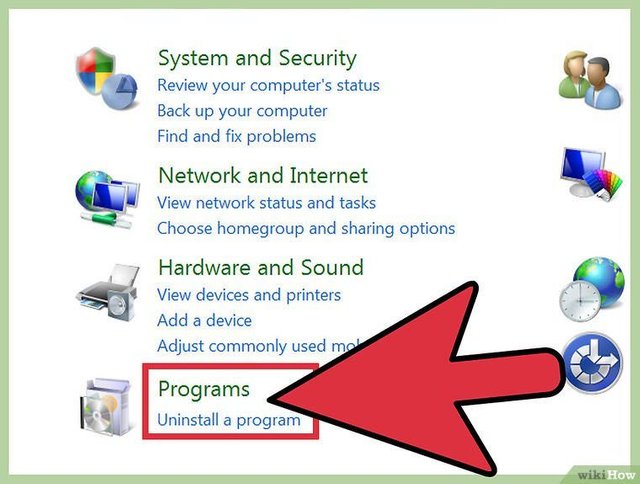
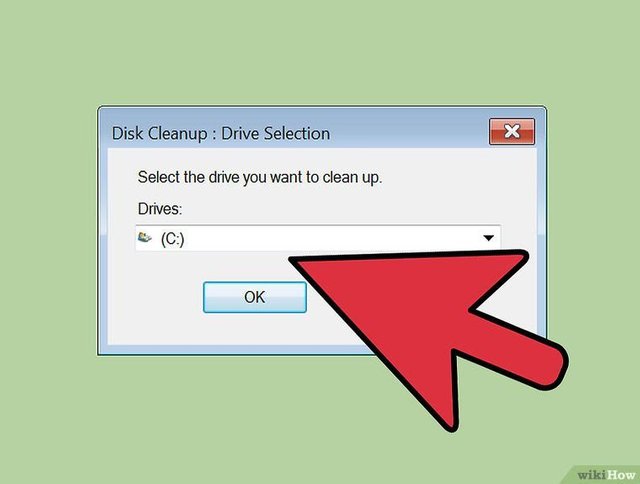
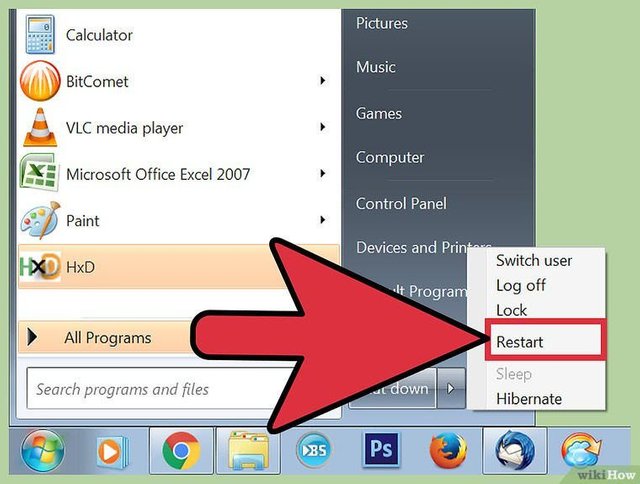
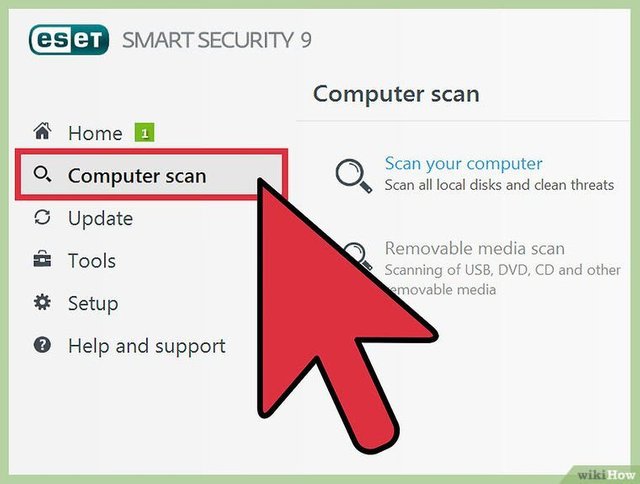
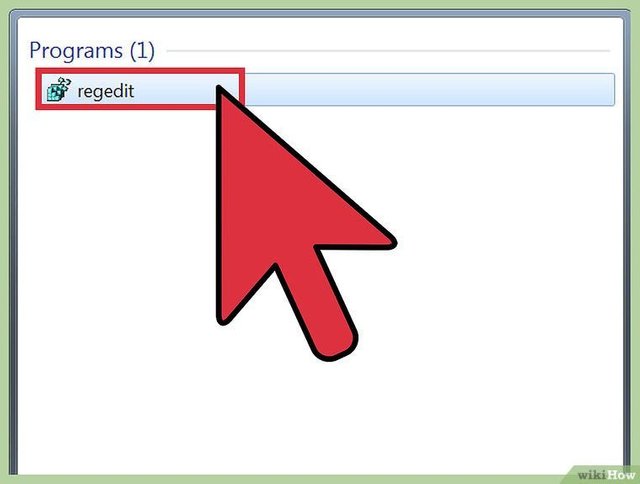
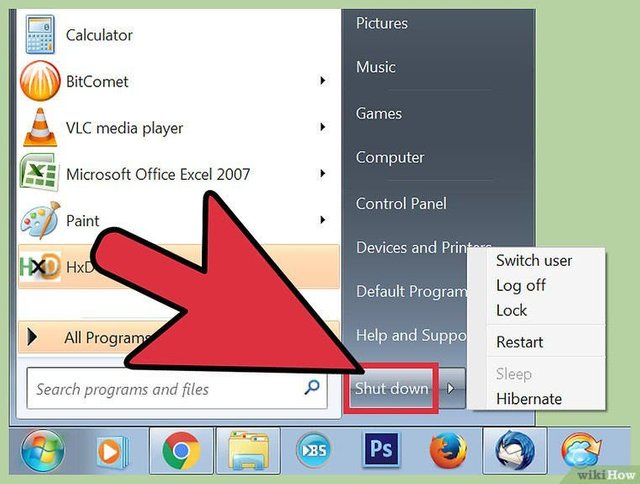
Dear friend! Next time also use #artzone and follow @artzone to get an upvote on your quality posts!
thank you
Congratulations @abasspette! You have completed some achievement on Steemit and have been rewarded with new badge(s) :
Click on any badge to view your own Board of Honor on SteemitBoard.
For more information about SteemitBoard, click here
If you no longer want to receive notifications, reply to this comment with the word
STOP